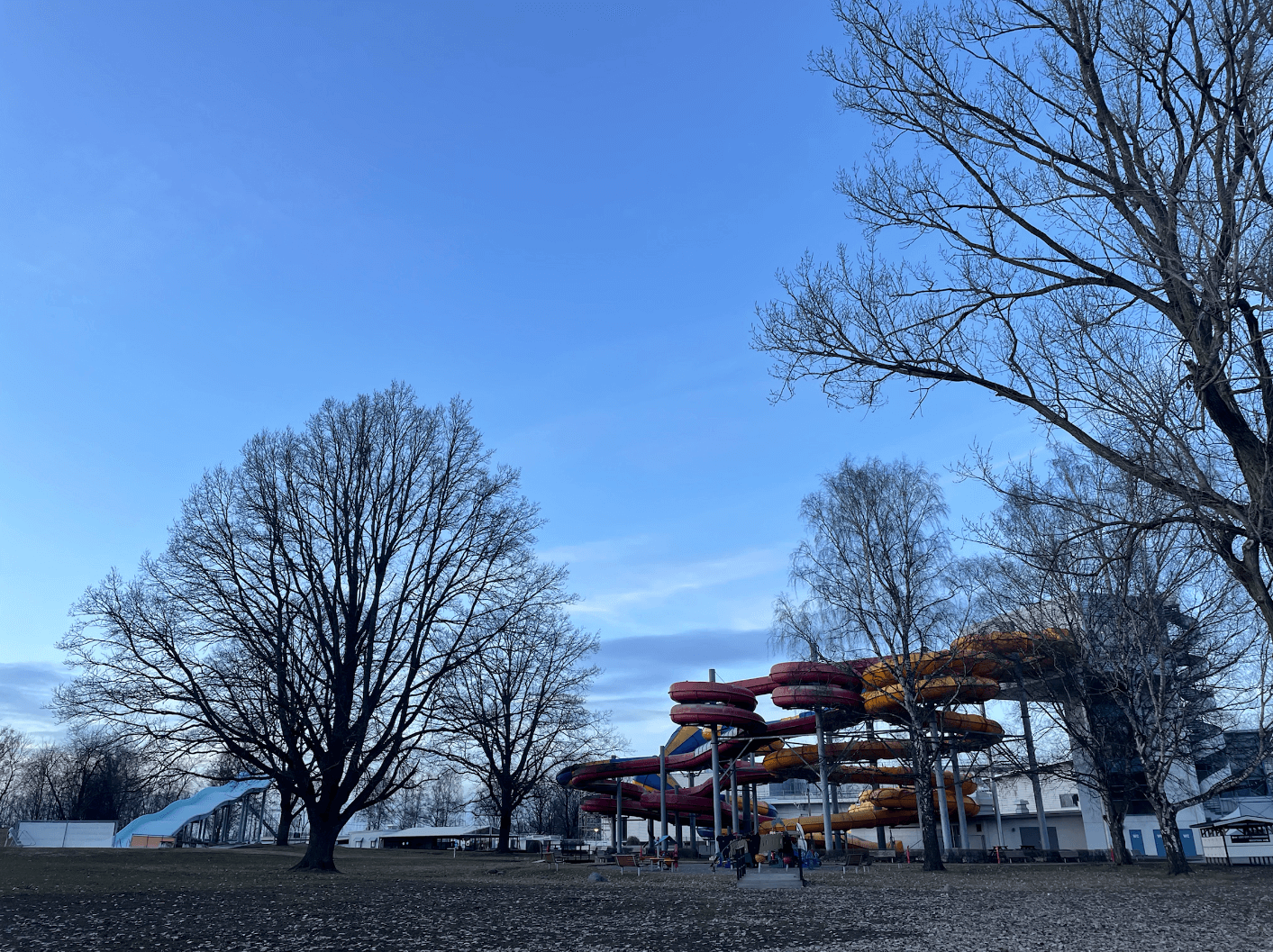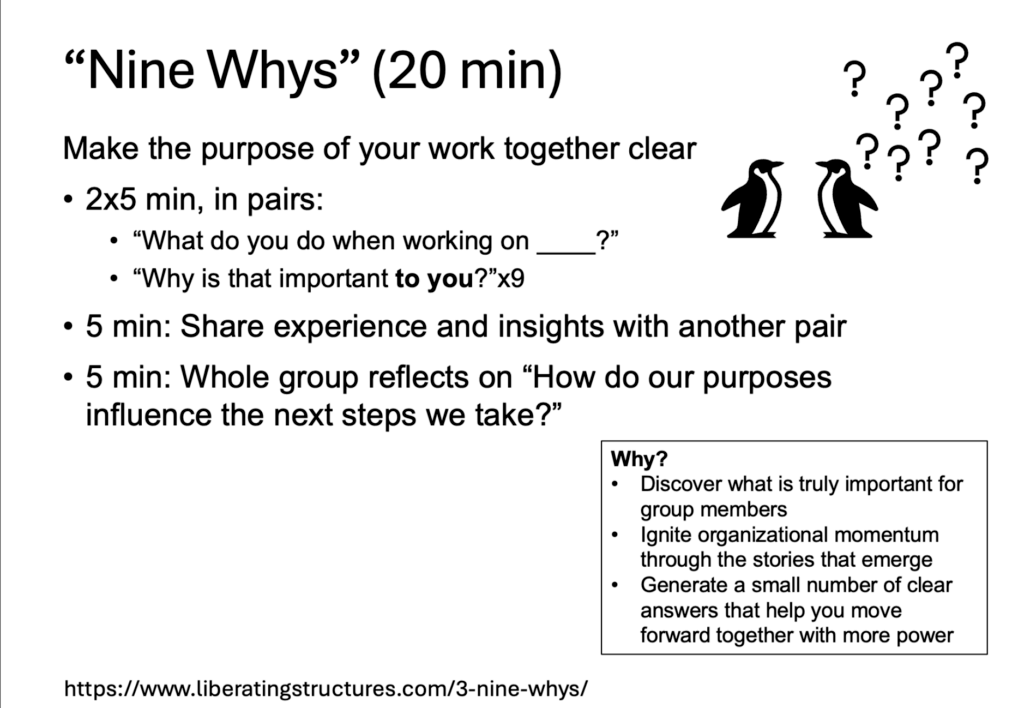
“The construction of meaning through vital engagement” (Nakamura & Csikzentmihalyi, 2003)
My awesome colleague and critical friend Peter sent me an article on “vital engagement”, which he has been talking about for a while and which I can very much relate to. It is about how some people find joy and meaning in almost everything they do, whereas for others, the experience of life in general is not as fulfilling. What is it that makes a difference, and is there anything we can do to experience more purpose and fun?
In the article “The construction of meaning through vital engagement”, Nakamura & Csikzentmihalyi (2003) present the concept of “vital engagement”: being in a flow-like state (“enjoyed absorption”) in the world that feels meaningful (“subjective significance”). This description immediately reminds me of how I feel when I go wave-watching or play with #kitchenoceanography, or recently, when I am judging in freediving competitions. Being completely captivated by observing something very specific, wanting to pay attention to every last detail, trying to get better at figuring out what is going on and not missing any clues. I sometimes feel similarly about reading articles about learning and writing blog posts about them, or preparing workshops for my job, but not as consistently as with the other three activities. But maybe there are things I can do about that?
Nakamura & Csikzentmihalyi (2003) set vital engagement in contrast to related concepts to really come to the core meaning. For example,
- interest is in the relationship between the person and the object (could also be located in the person as “trait interest”, or in the object as “interestingness”). Interest needs a certain level of complexity in the skills and object, positive emotions about the object, intrinsic motivation, and value placed on the object But in vital engagement, the focus is more on what is valued in oneself that is activated when vitally engaging with the object.
- flow, the “subjective experience of full involvement”, is a complete absorption and focus on the here and now, including a feeling of self-efficacy and no self-consciousness, a loss of sense of time, and experiencing the activity as rewarding, regardless of the outcome. Flow is often experienced in situations that are in a way playful (and that is actually how I often describe what I do when I do #kitchenoceanography), where the activity is neither too easy nor too difficult, and where, as one gets better, one looks for more challenging goals to keep experiencing the same enjoyment, which in itself then fosters growth. And usually, it seems that it is one’s own exploration of the world that leads to flow.
- meaning: Objects can be meaningful because we were “born into” and grew up in a culture where there was meaning assigned to them, we can be “pushed” into it by problems that we now want to find solutions to (like the experience of taking the Mindfulness Attention Awareness Scale and realizing that one needs to work on ones mindfulness), or be “pulled” into it through enjoyable experiences with the object, from which a meaning emerges, and grows over time with more and more engagement in a flow state.
But for vital engagement, things we do need to be enjoyable AND give meaning. This even holds for whole domains of activities or jobs. Being a member of a Community of Practice can contribute to positive or negative experience, and over the course of a career, there are different important influences: Teachers, who act as role model for participation in discipline as a vitally engaging way of life, peers, who we work with all the time, and students, who embed us and our work in a longer time frame than own career. Even brief interactions can contribute to meaning (and I think this should not be underestimated! There are so many people that I have met once in my life, or even not at all, that I occasionally interact with on social media on topics of wave-watching or #kitchenoceanography, that feel like an important and meaningful community, and that sometimes even lead to closer collaboration after years of the occasional tweet!).
So what can we do as teachers to create optimal conditions for our students to experience vital engagement? Quick brainstorm:
- Be a role model of vitally engaging with the subject we are teaching, with the discipline, with life in general. For example by talking about things like wave-watching or #kitchenoceanography (or whatever they are in your context, probably something else) and how much they mean to us, both in terms of learning and discovering new things all the time, but also emotionally.
- Make learning enjoyable: Provide ways for students to be challenged at the right level (whatever that means for each of them individually) by differentiating and scaffolding, but maybe also by addressing study techniques so that they can self-organize their learning so that it is always challenging, but achievable.
- Make learning meaningful: Maybe here it is time for an intervention. What brought you here? What are your values and goals in life? How can the learning in this class contribute to a problem that is important to you? (for example using a Liberating Structure like the “nine whys” as shown in the image below) But maybe also inviting guest speakers that can share why they think the content is meaningful, how it is applied in their jobs and lives and for what purpose, … But maybe also looking into mindfulness?
- Be explicit about how both the right level of challenge and finding meaning in what you do are important for learning, and how what you are doing (see the two points above) is hopefully helping with that, but also how they themselves can work on this themselves, by using the tools you are providing, or by finding others.
What are your ideas? How can we help students experience vital engagement? What can we do to experience it more often ourselves?
Featured image: Still the evening walk in Örebro, recharging after two days of judging at the Swedish Championship in freediving. Also showing an experience of enjoyment and flow!
Nakamura, J., & Csikzentmihalyi, M. (2003). The construction of meaning through vital engagement. In: Flourishing: Positive Psychology and the Life Well-Lived, edited by C. L. M. Keyes and J. Haidt
